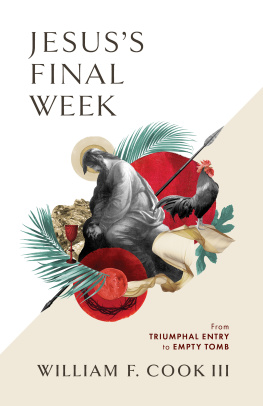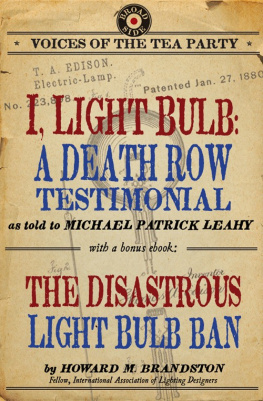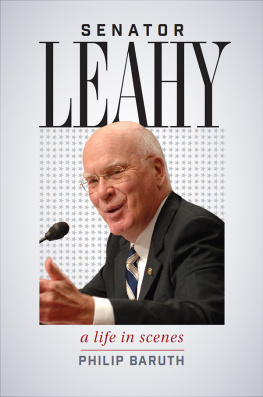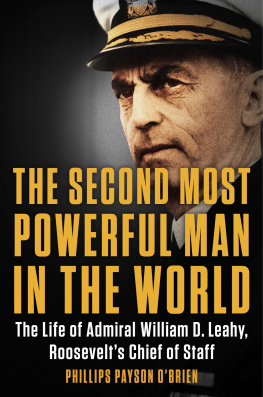First published 2005 by Ashgate Publishing
Published 2016 by Routledge
2 Park Square, Milton Park, Abingdon, Oxon OX14 4RN
711 Third Avenue, New York, NY 10017, USA
Routledge is an imprint of the Taylor & Francis Group, an informa business
Copyright William Leahy, 2005
William Leahy has asserted his moral right under the Copyright, Designs and Patents Act, 1988, to be identified as the author of this work.
All rights reserved. No part of this book may be reprinted or reproduced or utilised in any form or by any electronic, mechanical, or other means, now known or hereafter invented, including photocopying and recording, or in any information storage or retrieval system, without permission in writing from the publishers.
Notice:
Product or corporate names may be trademarks or registered trademarks, and are used only for identification and explanation without intent to infringe.
British Library Cataloguing in Publication Data
Elizabethan Triumphal Processions
1. Elizabeth I, Queen of England, 15331603. 2. Processions England History 16th century. 3. Power (Social sciences) England History 16th century. 4. Great Britain History Elizabeth, 15581603. I. Title.
942.055
US Library of Congress Cataloging in Publication Data
Elizabethan Triumphal Processions / William Leahy.
p. cm.
Includes bibliographical references and index.
1. Elizabeth, Queen of England, 15331603 Travel. 2. Processions England History 16th century. 3. Rites and ceremonies Great Britain History 16th century. 4. Visits of state England History 16th century. 5. Monarchy Great Britain 16th century. 6. Royal visitors England History 16th century 7. England Social life and customs 16th century. 8. Great Britain History 15581603. I. Title.
DA356.L44 2004
394.5094209031dc22
2004013248
ISBN 13: 978-0-7546-3984-8 (hbk)
I would like to thank all those people who have helped and supported me in writing this book. First of all, I would like to thank my colleagues at Brunel University for creating a stimulating environment in which to work. I would especially like to thank Maureen Moran for her support. The administrative staff have also been very helpful, and I am particularly appreciative of the help given to me by Suzanne Wills and Sara Brown.
Nina Taunton has been both a great colleague and valued friend, and I would like to thank her for the close reading of each chapter she undertook, and the excellent advice she always proffered. I appreciate her perception and trust. I would also like to thank Tony Bromham, who was always ready to listen and to give constructive advice. Thanks are due also to David Fitchett for the companionship and the laughter. I owe a debt of gratitude to Erika Gaffney at Ashgate for her encouragement of the project and to Kirsten Weissenberg, also at Ashgate, for the technical support she provided.
Certain sections of the book have appeared in different forms in the following journals: Shakespeare Jahrbuch 138 (2002); Parergon: Journal of the Australian and New Zealand Association for Medieval and Early Modern Studies 20.2 (July 2003); Early Modern Literary Studies 9.1 (May 2003); and Renaissance Renegotiations. EnterText 3:1 (Spring 2003). I would like to thank the editors of these journals for their assistance. I would also like to thank Martin Coyle, Lisa Hopkins and the many students who have helped make teaching at Brunel University a great experience.
Finally, and most importantly, I would like to thank Christiane, Danny and Aaron for their love and support. Without their patience and understanding this work would not have been possible and I dedicate this book to them with love.
William Leahy
Brunel University
Processional practice took three major forms in early modern England, each with its own discrete defining characteristics, but sharing much common ground materially, textually, and ideologically. The royal entry and the royal progress were defined by the determining presence of the sovereign, the centre of the centre,1 and form the two types of Elizabethan procession that will be the focus of this current study.2 The processional form itself was not an innovation of the early modern period, but had its roots in the Roman triumphs that took place in order to celebrate the return of the victorious Roman army from a successful military campaign.3 This triumphal function was still important during Elizabeth Is reign, but such processions had, by that time, broadened their purpose as well as their originating occasion. The essential hypothesis of both types of Elizabethan procession can be regarded as synonymous however: their exhibition of power. As David Bergeron writes: The theme that binds all the pageants, whether progress shows or royal entries, together is the celebration of Elizabeths power, her spiritual, mystical, transforming power.4 The major contrast between them can be seen to be a geographical one, in the sense that royal entries were the urban manifestations of this desire to celebrate sovereign power, and royal progresses their primarily rural modes of representation. This was no small difference however and, as Bergeron goes on to say, resulted in the production of entertainments that reflected these particular locations: in the Elizabethan era mythology and romance dominate in the progress entertainments while historical subjects and moral allegory abound in the royal entries.5 The progress thus witnessed the production of a primarily pastoral mode of representation, whilst the entry invoked a more spectacular and historically specific mode of address. The inhabitants of London were presented with two of these magnificent urban spectacles during Elizabeths reign, the first to mark her ascendancy to the throne, and the second to commemorate victory over the Spanish in 1588. Many other cities were host to an Elizabethan royal entry, such as Coventry, Warwick, Bristol, and Norwich, but never on the scale reserved for the two unique occasions in the capital.
During the summer months of her reign Elizabeth embarked upon royal progresses, visiting the private estates of the nobility and gentry, usually accompanied by a large part, or indeed the whole of her enormous court. These carefully plotted royal tours would proceed through the countryside, enabling the public to take advantage of the opportunity of having visual contact with the Queen. This visibility was seen to have positive propagandist value, the sovereign demonstrating her accessibility at the same time as she showed her love and concern for her subjects. Once she had reached the private estate of the honoured nobleman, entertainment in the form of celebratory pageants were often performed, the public again having the opportunity to view the Queen as spectators or even participants. This visual contemplation was one of the progresses main functions, along with the desire to escape the dangers of the plague which was rife in London during the summer months, and the further desire to shift some of the costs of supporting both her governmental machinery and the Court itself onto her hosts. It is with the first of these aims the propagandist value of Elizabethan processions that this book is generally concerned, and with the ways in which procession and pageant analysis has traditionally conceived of this aim as having been successful. While it is quite clear that processions were indeed, among other things, public relations exercises, their success in achieving their aims, this book claims, is more ambiguous than has previously been suggested. Studies of Elizabethan processions and pageants have traditionally failed to register this ambivalence, and have instead regarded rural progresses and royal entries into cities as rituals that helped to strengthen Elizabeths position of power. The examination of a specific example will outline this process and will, in many ways, articulate the general approach this book takes to Elizabethan processions and their transmission through history.











